10 Training Methods That Don’t Work On Sensitive Dogs (And 5 That Do)

Training a sensitive dog requires special consideration and gentle techniques. Some pups are naturally more timid, anxious, or responsive to correction than others. Using harsh training methods with these sensitive souls can damage trust and even make behavior problems worse.
Let’s explore which approaches to avoid and which will help your gentle pup thrive.
1. Harsh Leash Corrections
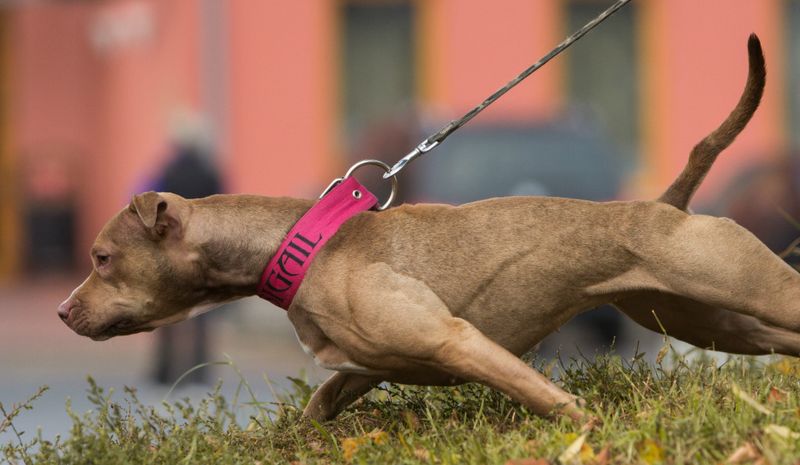
Yanking or jerking the leash sends shockwaves of fear through a sensitive dog’s system. These abrupt corrections often trigger shutdown behaviors where your pup freezes or cowers.
Instead of learning the desired behavior, your dog learns that walks are unpredictable and scary. The psychological impact can last far longer than the physical sensation.
2. Alpha Rolling

Forcing a dog onto their back in a submissive position creates terror, not respect. This outdated technique stems from misunderstandings about wolf behavior that don’t apply to our domesticated companions.
Sensitive dogs may completely shut down when physically dominated. The relationship damage can be permanent, creating a fearful dog who no longer trusts human hands.
3. Shock Collars

Electronic collars deliver punishment that sensitive dogs simply cannot handle emotionally. The unpredictable nature of these devices creates anxiety even when they’re not actively shocking.
Many sensitive dogs develop new behavior problems after shock collar use. Barking might stop, but excessive licking, hiding, or even aggression can emerge as stress responses.
4. Yelling And Intimidation

Raising your voice might seem like a natural response to unwanted behavior, but sensitive dogs interpret yelling as deeply threatening. Their nervous systems go into overdrive, making learning impossible.
Watch closely and you’ll see subtle stress signals – lip licking, looking away, or whale eyes. These indicate your dog isn’t being stubborn – they’re genuinely frightened.
5. Flooding Techniques
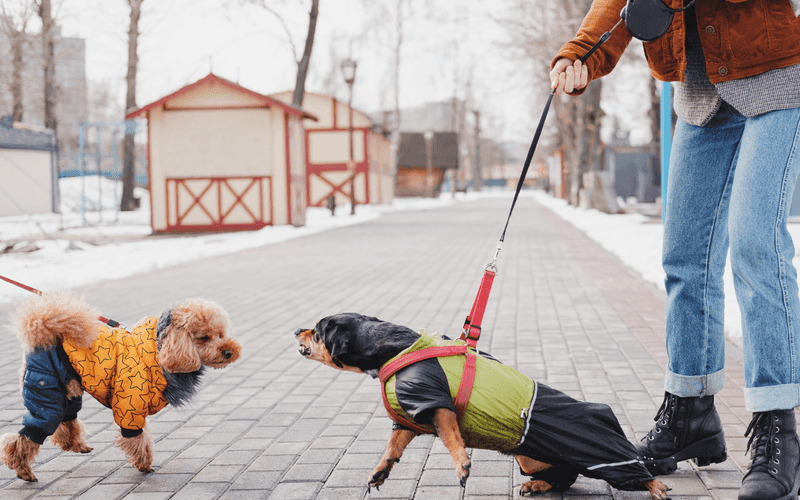
Throwing a fearful dog into scary situations hoping they’ll “get over it” is like tossing a non-swimmer into the deep end. Sensitive dogs don’t build resilience this way – they build deeper fears.
Forcing interactions with scary triggers can permanently damage your dog’s confidence. The trauma may generalize to other situations, creating a more anxious dog overall.
6. Harsh Physical Corrections

Scruff shakes, muzzle grabs, or physical intimidation crush a sensitive dog’s spirit. These methods might stop behavior momentarily but at tremendous psychological cost.
The fear created doesn’t teach alternative behaviors. Instead, your dog learns that humans are unpredictable and frightening, making future training exponentially harder as trust erodes.
7. Inconsistent Boundaries

Allowing jumping one day but scolding for it the next creates genuine confusion in sensitive dogs. Without clear patterns, these dogs can’t predict what will bring praise versus punishment.
This unpredictability creates chronic stress. Your sensitive pup desperately wants to please but can’t figure out the rules, leading to anxiety-based behaviors like excessive licking or pacing.
8. Punishment-Based Housetraining

Rubbing a dog’s nose in accidents or scolding after the fact creates fear without teaching proper elimination habits. Sensitive dogs often respond by hiding their accidents or becoming afraid to eliminate in your presence.
The shame and confusion lead to more accidents, not fewer. Many sensitive dogs develop long-term elimination problems from these misguided approaches.
9. Prolonged Social Isolation

Using extended time-outs or isolation as punishment devastates sensitive dogs who thrive on social connection. The emotional pain of separation often far outweighs whatever behavior you’re trying to correct.
Sensitive breeds like border collies or shelties can become deeply depressed when socially isolated. The resulting anxiety may manifest as destructive behaviors or even self-harm.
10. One-Size-Fits-All Training
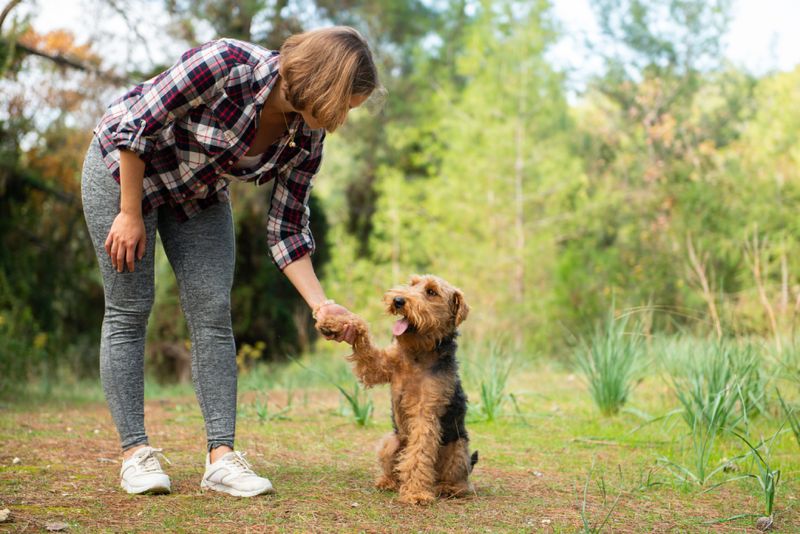
Generic training approaches ignore your sensitive dog’s unique personality and triggers. What works for a confident retriever might traumatize a timid whippet or anxious shepherd mix.
Cookie-cutter methods fail to address the emotional needs of sensitive dogs. The resulting frustration leads many owners to incorrectly label their dogs as stubborn when they’re actually overwhelmed.
11. Positive Reinforcement
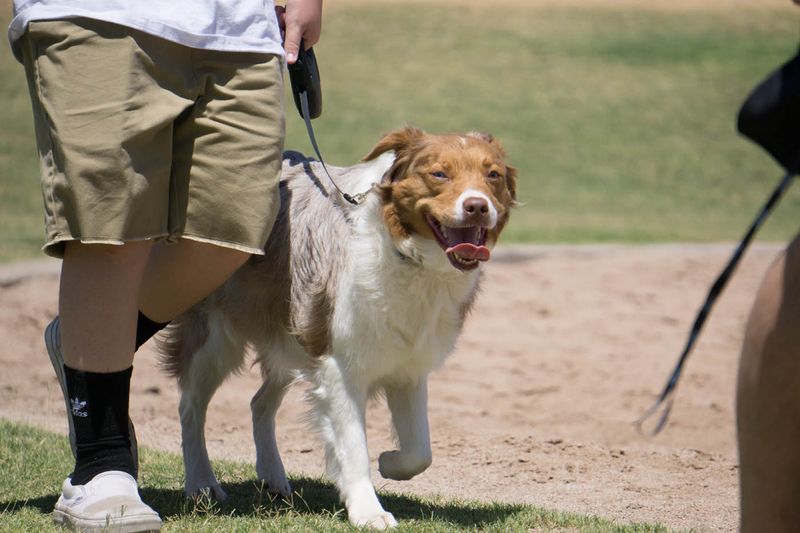
Rewarding desired behaviors with treats, praise, or play creates a joyful learning environment where sensitive dogs flourish. This approach builds confidence rather than crushing spirits.
The beauty lies in its clarity – good things happen when you make good choices. Sensitive dogs quickly understand this straightforward equation without the confusion punishment creates.
12. Clicker Training
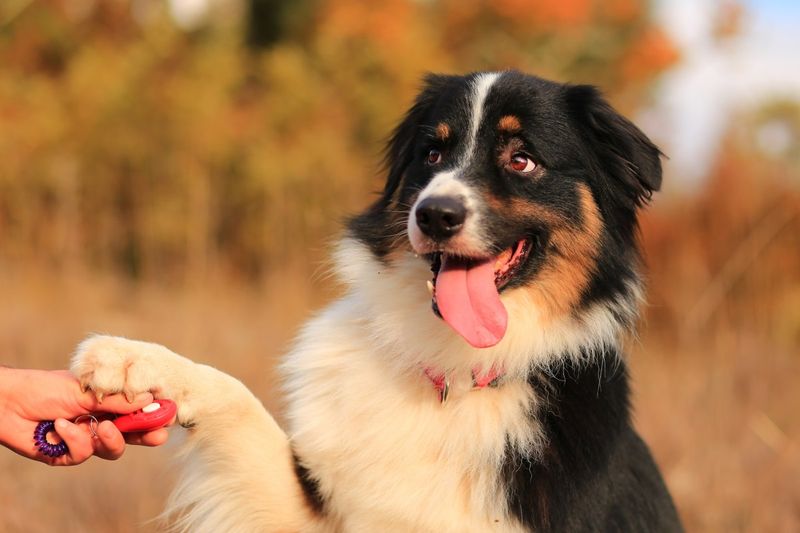
The precise timing of a clicker marks exact moments of success, creating clarity that sensitive dogs appreciate. This method removes frustrating guesswork from the training equation.
The click becomes a consistent, non-emotional signal that cuts through anxiety. Many formerly shutdown dogs become enthusiastic learners when the rules are this clear and predictable.
13. Desensitization And Counterconditioning

Gradually introducing triggers at low intensity while pairing them with positive experiences transforms fear into confidence. This methodical approach respects your sensitive dog’s emotional thresholds.
Patience is key – rushing creates setbacks. But the results are worth it when formerly terrified dogs learn that scary things predict treats and praise instead of danger.
14. Target Training
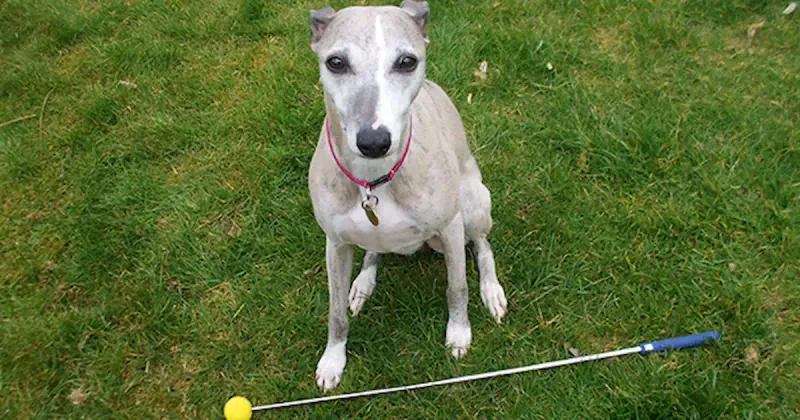
Teaching your dog to touch a target with their nose gives them a concrete, achievable task that builds confidence. The physical action provides clear direction for sensitive souls who struggle with abstract concepts.
This simple behavior becomes a foundation for more complex training. Many anxious dogs find comfort in having this reliable, familiar behavior they can perform successfully.
15. Choice-Based Training

Allowing your sensitive dog to make decisions during training – like whether to approach a new person – builds remarkable confidence. This approach honors their boundaries while encouraging brave choices.
Freedom to retreat when uncomfortable creates trust. Many sensitive dogs who shut down with forced interactions blossom when given appropriate autonomy, making braver choices with each positive experience.






